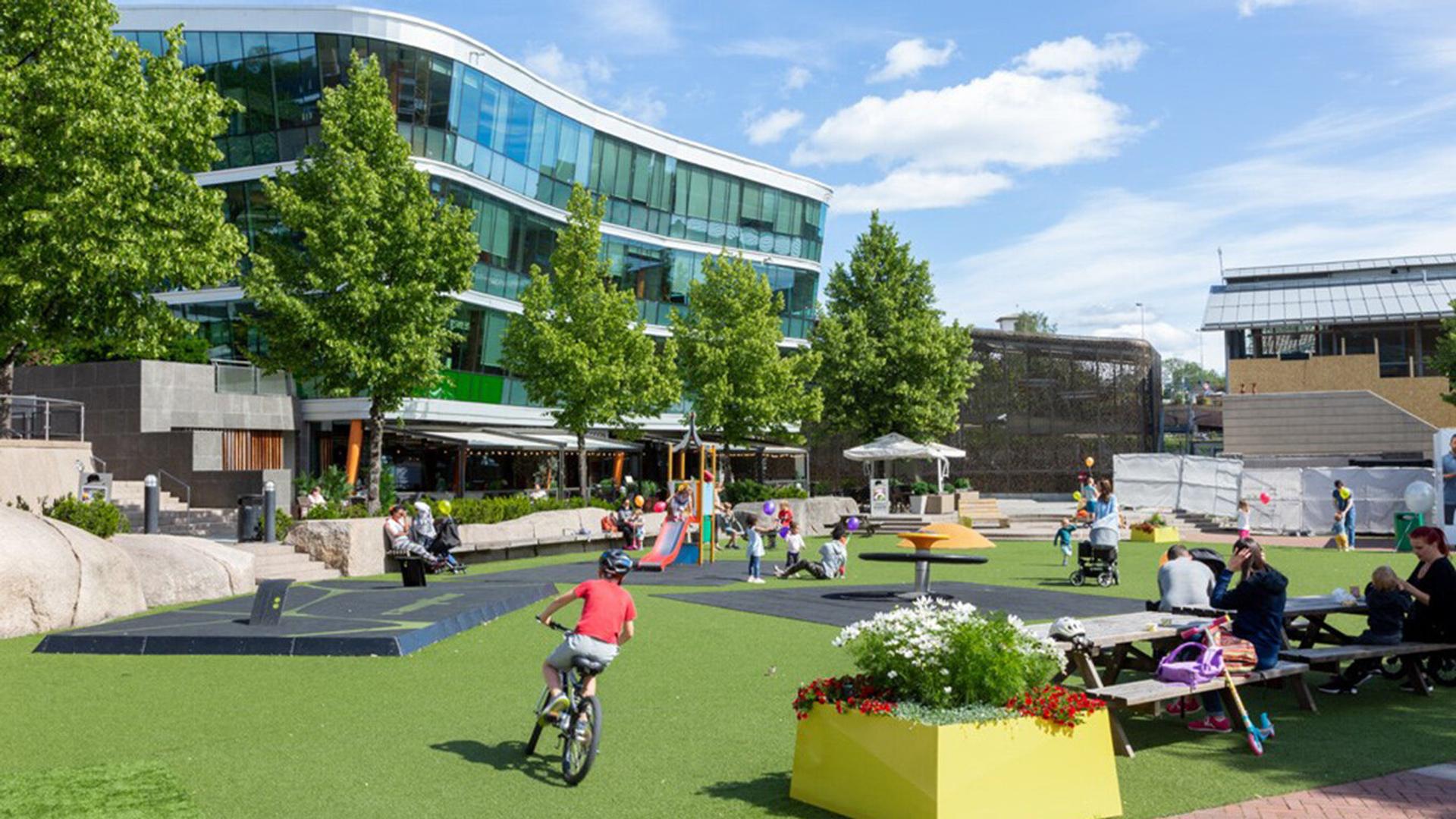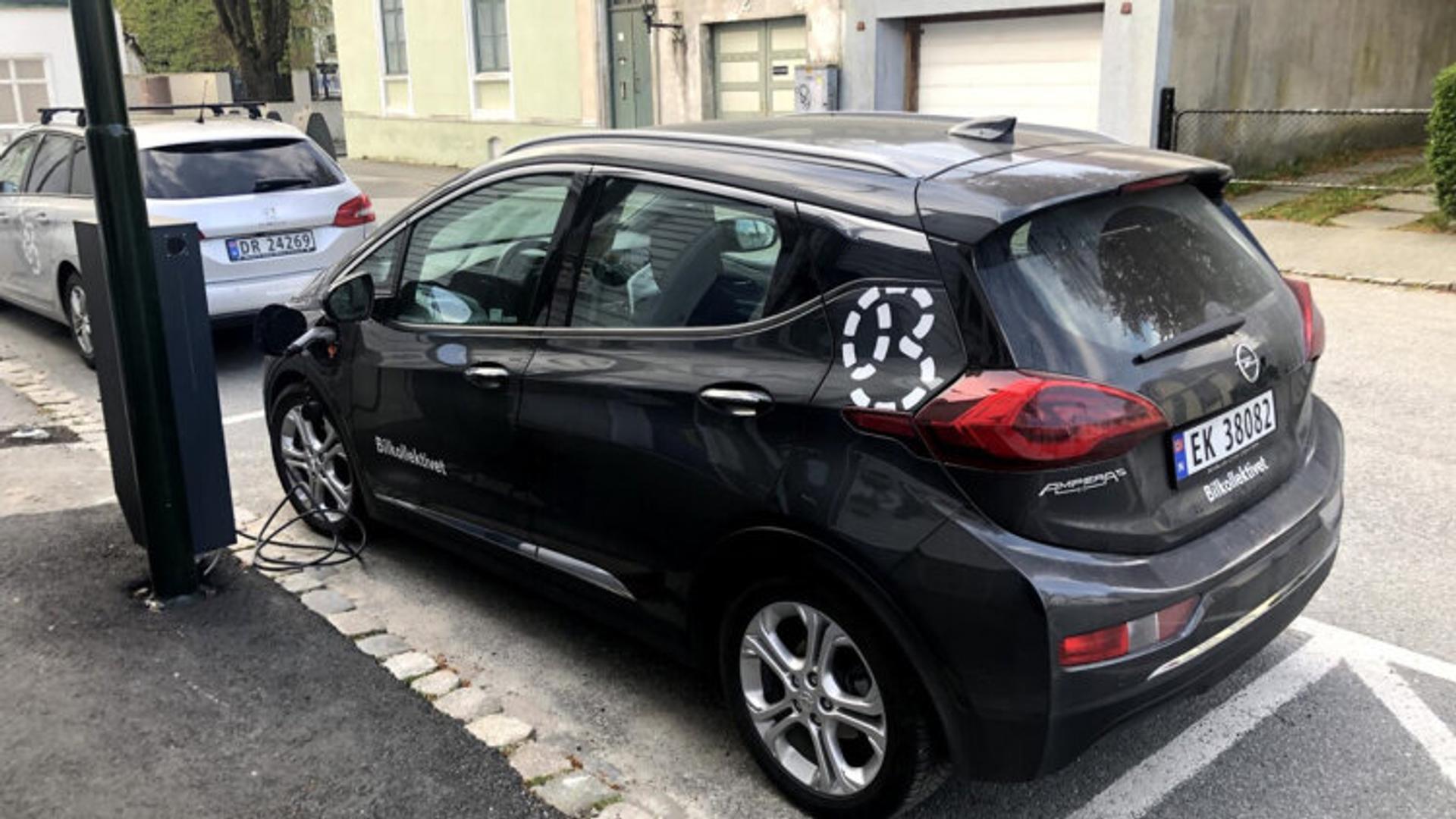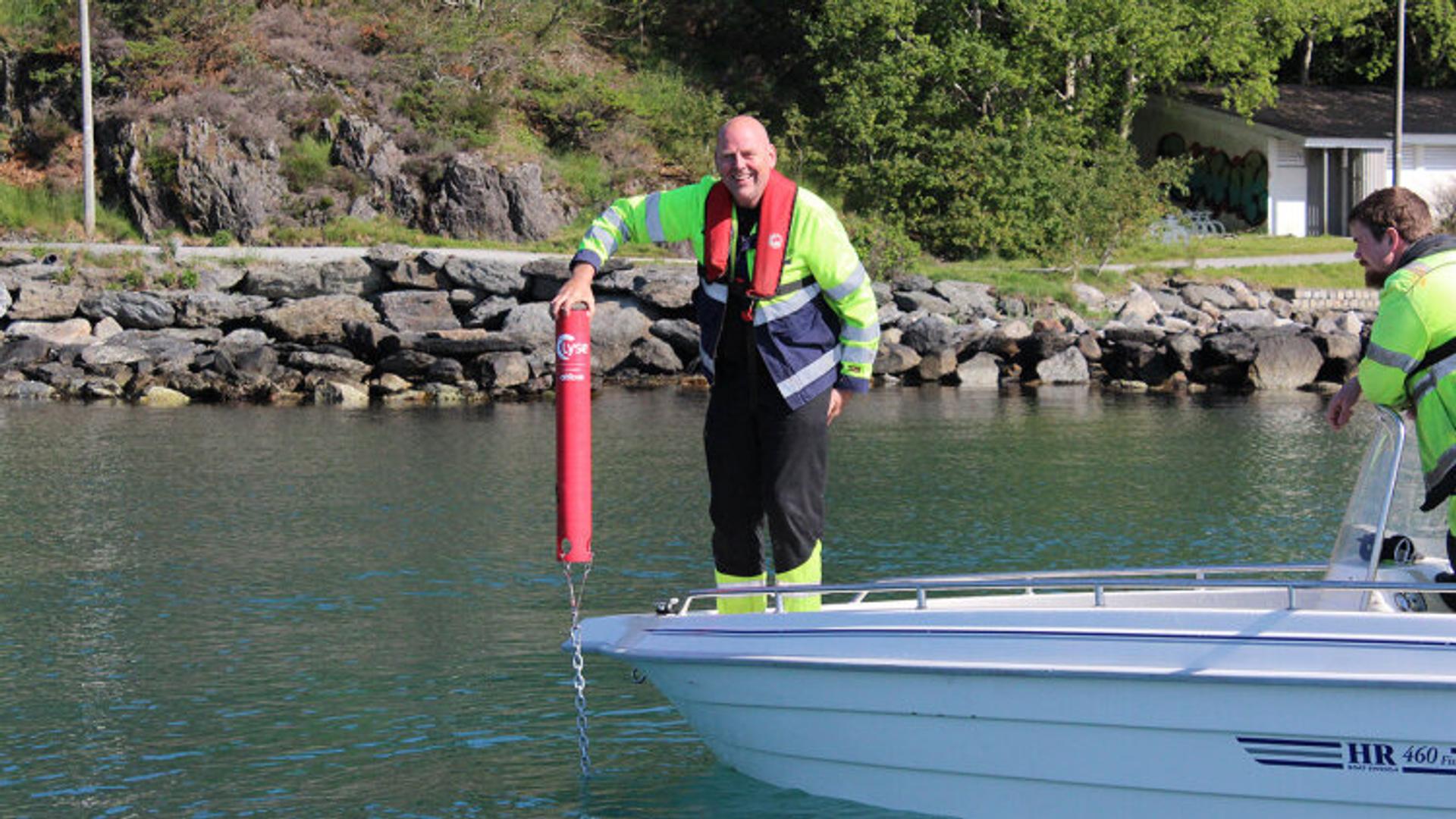Norway is mapping out the future’s smart cities

In order to provide a comprehensive guide for Norway’s local and regional authorities on how to create a smart city, the “Roadmap for smart and sustainable cities and communities in Norway” was launched in August 2019.
This national roadmap was drawn up by Design and Architecture Norway (DOGA), the Norwegian Smart City Network and Nordic Edge, with input from more than 150 players in different sectors, disciplines and levels of government from all over the country.
The roadmap serves as a bridge builder, promoting collaboration and co-creation.
“We want to build a common understanding of a smart city in a Norwegian context. A common set of values, where new technology and data are a tool, not a means, for smart cities,” says Malin Kock Hansen, project manager at DOGA.

Stavanger smart city: A class example
In 2015, Stavanger developed Norway’s first local smart city roadmap, followed by a dedicated smart city office.The office was co-created by local and regional industry, academia, citizens and municipal authorities as a coordinating entity to inspire, develop and oversee activities across the municipality’s multiple divisions and areas of expertise.
During the annual Arendalsuka event in August 2019, Stavanger received the Mobility Award from the Norwegian Public Roads Administration, and was simultaneously named Norway’s smartest city.
“Stavanger won the award based on a combination of several new innovative projects, together with new ways of working and involvement of our municipal colleagues, our citizens and businesses,” explains Gunnar Edwin Crawford, with the apt job title of smart city manager.
“One such example is the co-creation school we have developed and prototyped, and which is now being scaled together with the University of Stavanger. Another is the use of sensors for measuring everything from sea level to drainage and swimming temperatures. Here, we have prototyped together with small businesses, gaining knowledge and enabling the businesses to scale.”

Stavanger is Norway’s “oil capital”, so how could it win a sustainability award? According to Crawford, these two things are not mutually exclusive.
“Stavanger has several oil and gas-related companies that need to refocus, reskill and transform. At the same time, the population is getting older, with fewer young people to fill the necessary jobs,” he says.
“The decision to establish a smart city was made first and foremost as a means of meeting two of our major challenges for the future: the need for more sustainable businesses and the demographic change in the population.”
Gunnar Edwin Crawford
Smart City Manager, Stavanger
Collaboration is essential
Technology, collaboration and citizen involvement are three key components in both the national smart city roadmap and Stavanger’s smart city roadmap. Malin Kock Hansen cannot stress the importance of collaboration enough.
“Collaboration is key, and the national roadmap emphasises the role of local and regional authorities as a driver and facilitator of these processes in close collaboration with industry, academia, civil society and citizens.”
Malin Kock Hansen
Project Manager, DOGA
According to Kock Hansen, the same challenges are being faced throughout Norway.
“Although municipalities and counties are different in many ways, we have a lot to gain from collaborating on learning and financial matters, as well as from exchanging knowledge and experience. These collaborative constellations must be made possible in terms of time and money.”
With citizens’ well-being as the ultimate goal of the national roadmap, Kock Hansen would also like to see the roadmap providing inspiration internationally, by showcasing the Norwegian mindset and blueprints for smart and sustainable cities and communities.

International collaboration
Together with the cities of Eindhoven and Manchester, Stavanger took part in the first Lighthouse Project for European Smart Cities and Communities – Triangulum – funded under the EU Horizon 2020 research and innovation programme.
Within the framework of the larger project, multiple smaller projects on welfare technology were carried out in collaboration between industry, academia and municipalities in the Stavanger region, culminating in the creation of the Norwegian Smart Care Cluster. Stavanger’s smart city roadmap and smart city office are also a direct result of the Triangulum project.
“We learned that we were smarter together, and that we could build on our strengths through sharing and reuse of resources and knowledge,” Gunnar Edwin Crawford says.
“We are also a member of UNaLab, another Horizon 2020 project. We are actively looking for new projects of a similar scale.”

